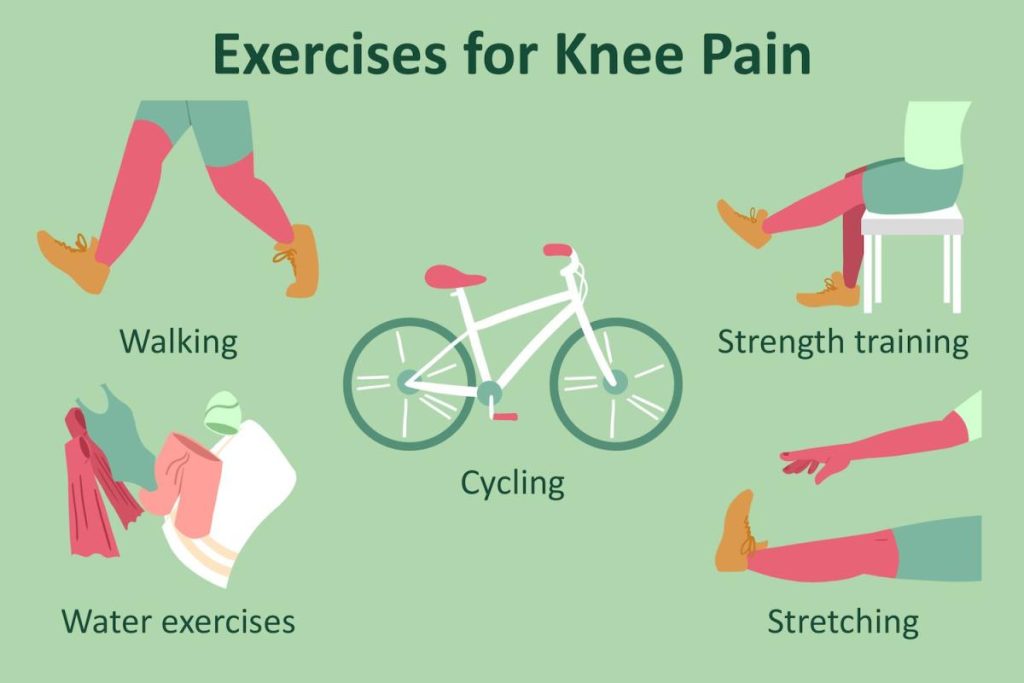Having a basic understanding of what are types of lifestyles can help you make the right decisions for your future. Some of the different types include active, rural, and Bohemian.
Bohemian lifestyles
Historically, bohemian lifestyles were associated with a carefree lifestyle. Unlike the mainstream society, bohemians didn’t care much about materialistic pursuits such as houses and clothes. They wanted to pursue art and literature, while they also prioritized relationships and experiences.
They often lived in run-down parts of the city. They didn’t have stable jobs. Instead, they relied on the arts and music to survive. They usually ate a vegan diet.
The lifestyles of bohemian people were a reflection of their disdain for traditional society. They believed that a life is a gift and life should be celebrated in its own way. They didn’t have a lot of money or a big job, but they did have the chance to experience things and express themselves.
During the 19th century, bohemian lifestyles were led by writers and artists. During the Jazz Age, bohemians were popularized by Maxwell Bodenheim, who was known as the King of Greenwich Village Bohemians.
Many of the world’s most famous authors have had bohemian lifestyles. They included Ernest Hemingway, William Makepeace Thackeray, and George du Maurier.
Today, most conservative cultural critics do not accept bohemian lifestyles. Nevertheless, bohemians are not considered bad people. They are often confused with hipsters, who blend mainstream ideas with bohemian ones.
Traditionally, bohemians lived in poor neighborhoods. They wore old clothing and didn’t have the money for a good haircut. They shared the roof of a house with a few birds.
Active lifestyles
Several studies have examined the relationship between various types of active lifestyles and subjective wellbeing. Earlier research has focused on the effects of walking, but little is known about the impact of other forms of physical activity on life satisfaction and other mental health indicators.
The paper’s aim was to investigate the association between different kinds of active mobility and subjective wellbeing. The study measured the correlations between the various types of activity and three subjective wellbeing sub-criteria.
The study used standardized self-reported subjective wellbeing measures. It was conducted in large cities of the MENA region. The findings showed a link between active mobility and subjective wellbeing. In addition, the paper suggests intervention strategies to improve the health of city dwellers.
To investigate the relationship between different kinds of active mobility and subjective wellbeing, the authors incorporated a variety of relevant objective and individual-level factors. The paper generated three ordinal logistic regression models to assess the relationship between three subjective wellbeing sub-criteria and one of the best-known physical activity indicators.
The first model included a variety of factors related to walking, including street length, street width, perceived separation of the sidewalk from the street, and green space. It also included an objective commute distance. The multicollinearity test was used to assess the validity of the results. The results indicated a deviance value of 0.488.
Rural lifestyles
Compared to urban places, rural lifestyles may offer more room, greater safety, or better public education. They may also lack basic facilities and services. Nevertheless, rural communities offer many outdoor recreation opportunities.
Rural lifestyles have been a staple of American history. From the colonial period, settlers came into contact with Indian groups, who were often rural farmers. Various crops were grown for economic gain.
In the nineteenth century, agricultural production varied greatly across regions. This was a reflection of climatic conditions and the seasons. This led to the development of regional customs.
In the United States, the country life movement was an early 20th century social movement that sought to improve the quality of rural life. It emphasized the importance of traditional rural lifestyles, while also promoting agricultural extension programs.

